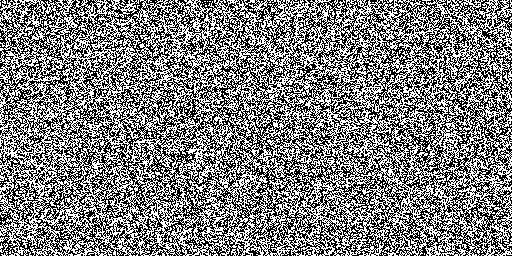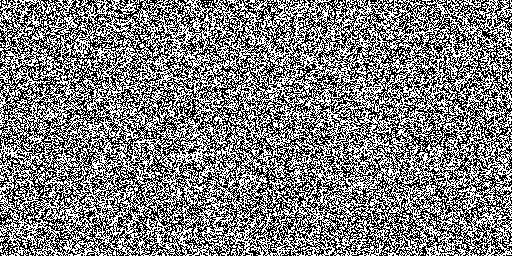Visual Cryptography is a technique proposed by Moni Naor und Adi Shamir in 1994, used for encrypting images. The main purpose of this cryptographic scheme was to facilitate simple mechanical decryption of the encrypted images.
This technique enables secret sharing between two or more parties, where no individual can learn any information regarding the original data without possessing all shares. In order to reveal the secret data, one needs to overlap all the shares, as a stack of transparent images.
To encrypt a binary black and white image into two separate shares, one needs to generate another image composed of random pixels, four times larger than the original, which we denote as the first share. Each pixel from the original image together with each 4 pixel block from the first share will be used to produce blocks of four pixels in the second share. If the original image pixel is black, then we simply copy the block from the first share. Otherwise, the new block will contain the complement of the block of pixels from the first share.
As in the case of the one time pad, according to Shannon's Theorem, if the first share is composed of truly random pixels, this technique guarantees perfect secrecy.

